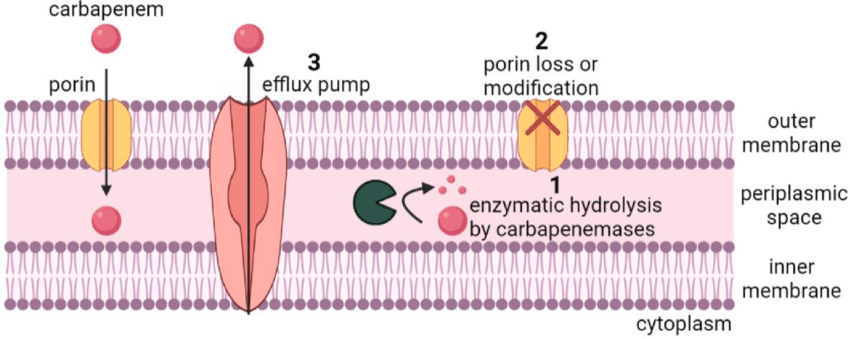Data from the Centers for Disease Control and Prevention's (CDC's) Antimicrobial Resistance (AR) Laboratory Network, has revealed that the incidence of carbapenemase-producing carbapenem-resistant Enterobacterales (CRE) has risen by 69% from 2019 through 2023. CRE include Eschcericia, Klebsiella pneumoniae, and Enterobacter. In addition, the incidence of CRE that produce the enzyme, New Delhi metallo-β-lactamase (NDM), has increased 460%. NDM makes CRE resistant to most antibiotics.
In 2020 alone, CRE caused about 12,700 infections and 1,100 deaths in the U.S. The infections included pneumonia, bloodstream infections, urinary tract infections and wound infections.
While all CRE infections are difficult to treat, NDM-producing strains are particularly problematic because they are resistant to some of the newer antibiotics that have been developed in recent years to treat carbapenem-resistant infections, leaving even fewer treatment options.
People receiving care and treatment in hospitals and other health care facilities are most at-risk for contracting CRE infections. Increased risk might be due to gaps in infection-control measures like proper hand-washing and wearing gloves and gowns during patient care.
Reference
Rankin DA et al. Changes in Carbapenemase-Producing Carbapenem-Resistant Enterobacterales, 2019 to 2023, Ann Intern Med; Sep 23, 2025, https://doi.org/10.7326/ANNALS-25-02404




 How to resolve AdBlock issue?
How to resolve AdBlock issue? 